Achieving Change for Texans: Evaluation of the Texas Welfare Reform Waiver: Final Impact Report
Authors: Deanna T. Schexnayder, Daniel G. Schroeder, Jerome A. Olson, and Hyunsub Kum
Date: January 2003
Publication Type: Report, 127pp.
Abstract: In 1995, the Texas Legislature enacted H. B. 1863, which formed the basis for Texas’ waiver from existing Federal laws governing the Aid to Families with Dependent Children (AFDC) program. The Texas waiver, officially known as the Achieving Change for Texans (ACT) demonstration, aimed to assist participants to achieve independence from welfare through an increased emphasis on employment, training, temporary assistance and support services. The random- assignment net impact evaluation measured the effectiveness of two major components of this legislation: time-limited benefits and use of a personal responsibility agreement for recipients of public cash assistance.
This is the final impact report from this evaluation. It includes net impacts of the ACT demonstration from its inception in June 1996 through September 2001, and measures impacts of state time limits and the Texas personal responsibility agreement on welfare dynamics, client self-sufficiency, participation in workforce development programs, and several family and child indicators.
Also Available: Appendix
Printed Copies: Contact Debora Morris, Texas Department of Human Services, (512) 438-3353

